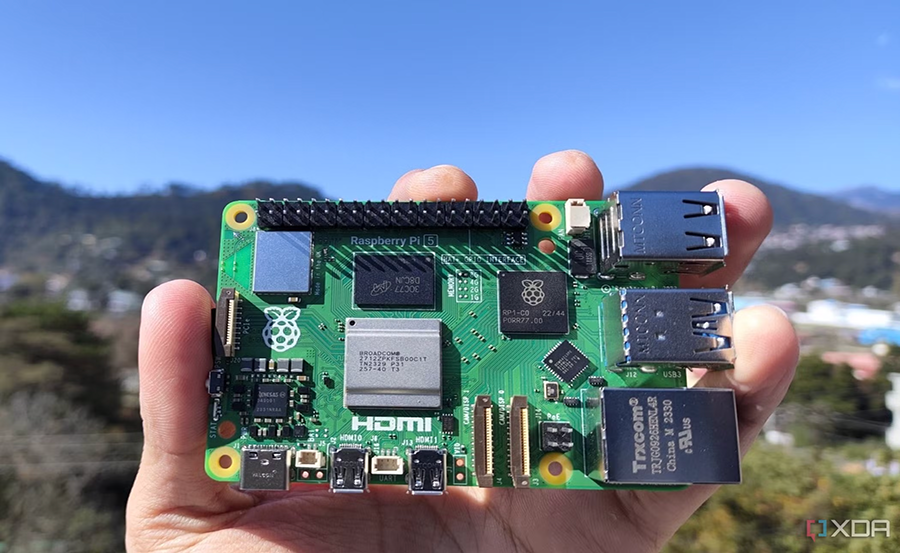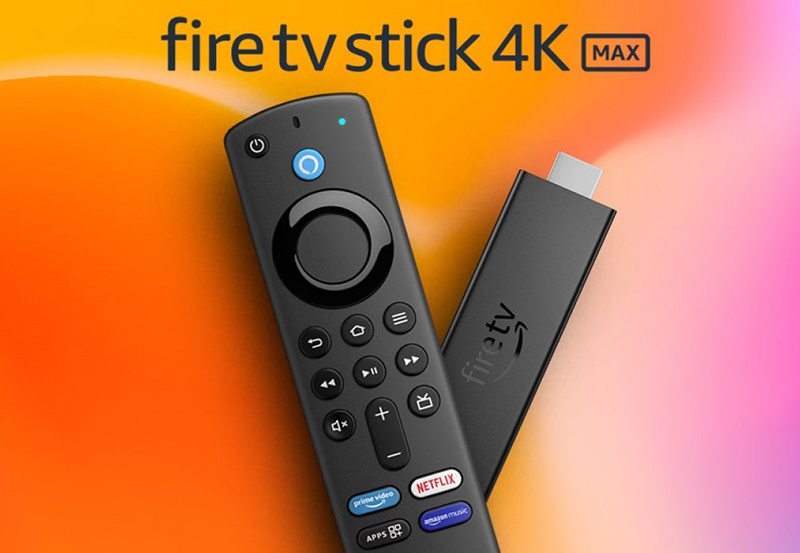Creating a thriving greenhouse is no small task. It requires dedication, knowledge, and a touch of technology. In today’s fast-paced world, gardeners are turning to automation to streamline processes and boost efficiency. Enter the Raspberry Pi—a surprisingly powerful tool for anyone looking to automate their greenhouse systems.
Why Automate Your Greenhouse?
The world of gardening is changing rapidly. With automation, you can better control the environment inside your greenhouse. Automation not only saves you time but also enhances the growing conditions for your plants. Here’s why you should consider it:
- Precise climate control
- Improved water management
- Reduction in manual labor
- Better resource efficiency
With evolving technology, automating your greenhouse is no longer a complex dream but a feasible reality.
Pro Streaming Tip:
For the ultimate IPTV for sports streaming, watch your favorite games live in high definition.
Introduction to Raspberry Pi
If you haven’t heard of the Raspberry Pi, it’s a tiny, affordable computer that’s been revolutionizing DIY projects. From robotics to home automation, its potential is vast. But why use it for your greenhouse? Here’s why:
- Cost-effective solution
- Customizable and versatile
- Extensive community support
With the Raspberry Pi, setting up an automated greenhouse becomes both a practical and rewarding endeavor.
Essential Components for Greenhouse Automation
The Basics: Raspberry Pi and Accessories
Your journey begins with acquiring a Raspberry Pi. You’ll need the board, a power supply, and an SD card with the operating system installed. Don’t forget HDMI cables if you want to connect a display.
Monitoring Essentials: Sensors and Units
To gather data, you’ll need various sensors. Common choices include:
- Temperature and humidity sensors
- Soil moisture sensors
- Light sensors
These components allow accurate monitoring of your greenhouse conditions, making automation more intelligent and responsive.
Action Units: Actuators and Relays
With Raspberry Pi handling data, relays, and actuators act. Whether it’s opening windows or turning on watering systems, they make automation practical. Be careful to match their voltage requirements with your Raspberry Pi’s output.
Setting Up Your Automated Greenhouse
Step 1: Configuring the Raspberry Pi
Start by setting up your Raspberry Pi with the Raspbian OS. Once done, establish connectivity by setting up Wi-Fi or Ethernet. Basic terminal operations come in handy here, but there’s plenty of online tutorials to guide you through the process.
Step 2: Installing Necessary Software
Software plays a vital role. Begin with Python for scripting and GPIO libraries for hardware interaction. These tools empower your Raspberry Pi to communicate with the sensors and actuators.
Step 3: Connecting and Testing Sensors
With your software ready, it’s time to connect the sensors. Using the GPIO pins on the Raspberry Pi, link your sensors and verify their readings. Simple scripts can keep track of data, ensuring everything is functional.
Step 4: Automating the Processes
This is where the magic happens. Write scripts that automate based on sensor data. For instance, if the temperature gets too high, your Raspberry Pi could open a window. Yet remember, simplicity is key. Start small and expand as you gain confidence.
Exploring Opportunities: Beyond Basic Automation
The automated greenhouse opens a world of possibilities. With AI and machine learning integration, predictive analytics could warn you of potential issues before they happen. Real-time data access through cloud platforms adds another layer of efficiency.
Leveraging the Best IPTV Subscription for Continuous Updates
Incorporating the best entertainment in your workspace elevates the experience. With the Best IPTV Subscription, keep learning, entertained, and updated with the latest trends while you work in your greenhouse.
Best IPTV Subscription: Your Ideal Companion
Quality entertainment shouldn’t be a hassle. With BestIPTV Subscription, enjoy seamless streaming, incredible features, and a wide range of channel offerings right from your project site.
Why Choose Best IPTV Subscription Provider?
Choosing the right IPTV service is crucial. The Best IPTV Subscription Provider ensures reliability, variety, and affordability, making it the perfect partner for your greenhouse ventures. Their support and ease of access mean you spend less time configuring and more time enjoying.
FAQs

Can I automate multiple greenhouses with a single Raspberry Pi?
Absolutely. However, the complexity increases with multiple greenhouses. Ensure your Raspberry Pi is housed in a position that optimally manages all connected sensors and actuators across different areas.
What is the cost implication of automating a greenhouse?
Costs vary based on the size and complexity of the setup. Raspberry Pi and basic sensors are affordable, but advanced equipment or proprietary software may elevate the overall expenditure.
How reliable is the Best IPTV Subscription?
Highly reliable. The Best IPTV Subscription offers extensive channel options, high-quality streaming, and dedicated customer service for any issues that might arise.
What additional features does the BestIPTV Subscription offer?
The subscription includes pause and rewind live TV, channel recommendations, user customization options, and more, ensuring a tailored viewing experience.
Can Raspberry Pi handle greenhouse automation for all seasons?
Yes, but it might require seasonal adjustments in code and configurations to account for different climate needs and sensor calibrations. Continuous monitoring and updates ensure seamless operations throughout the year.
How often should I update the software on my Raspberry Pi?
Regular updates are crucial for security and performance. Every few months is recommended, or whenever a new significant update is available. Check forums for any particular issues or advisories.
Now, with the right tools and guidance, you’re ready to take on the world of automated gardening. The path to a smarter, more sustainable greenhouse begins with these fundamental steps—and perhaps with some entertainment along the way.
Achieving the Best Audio Settings on Xiaomi Mi Box



